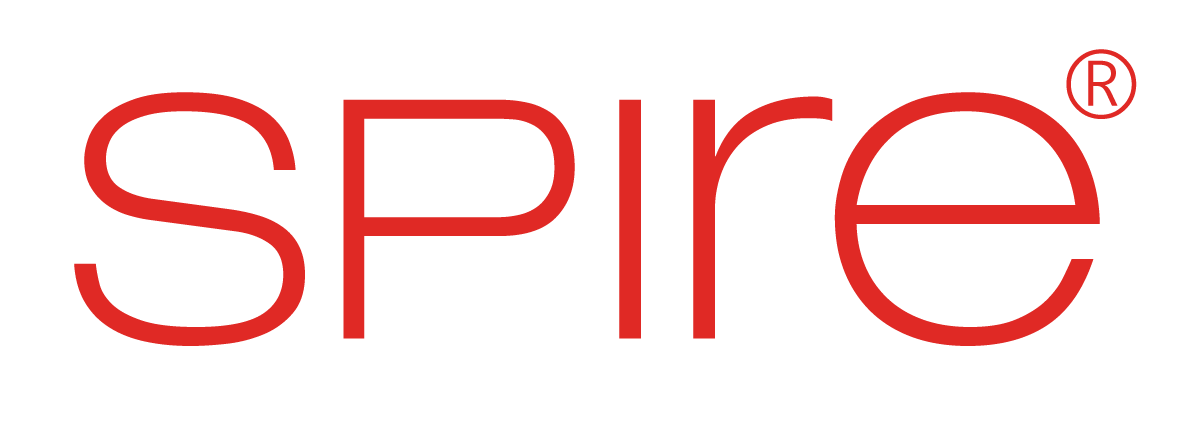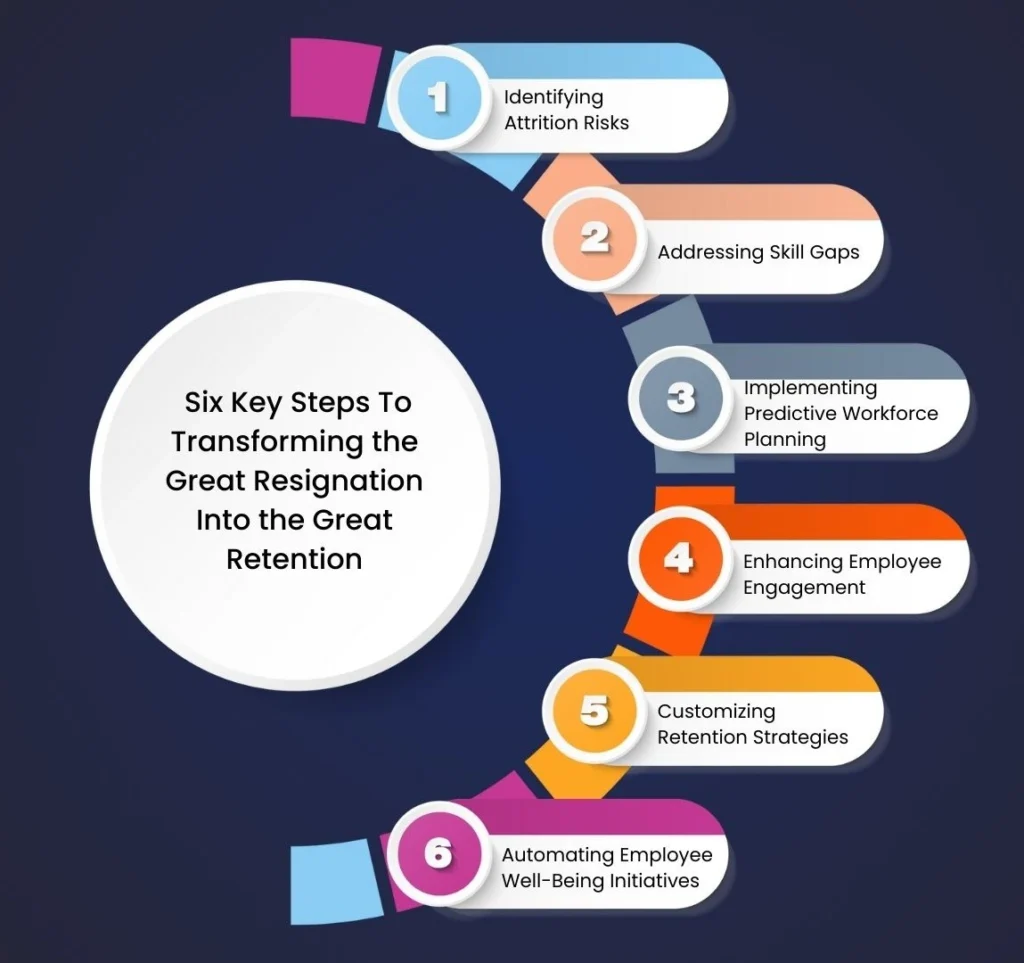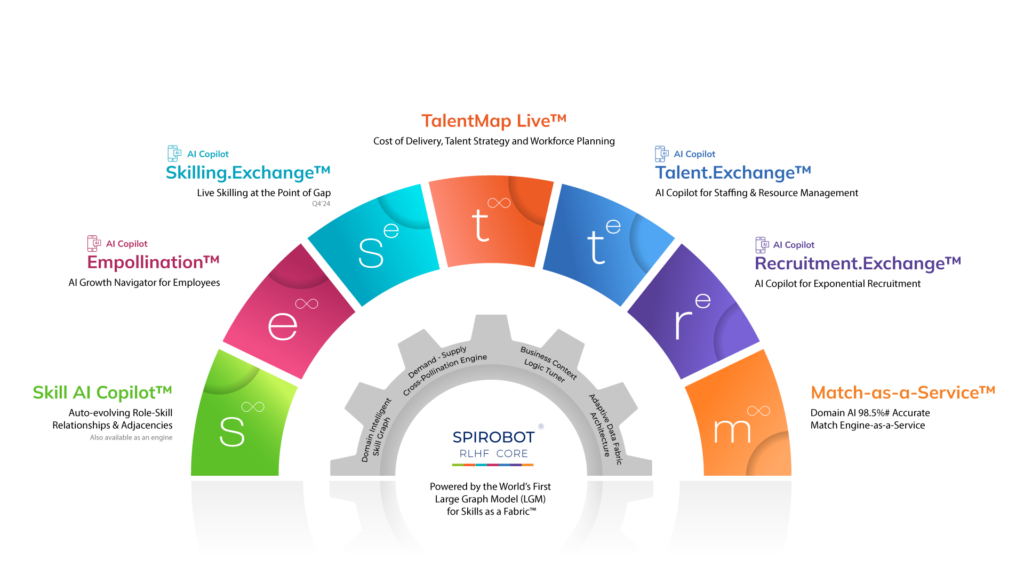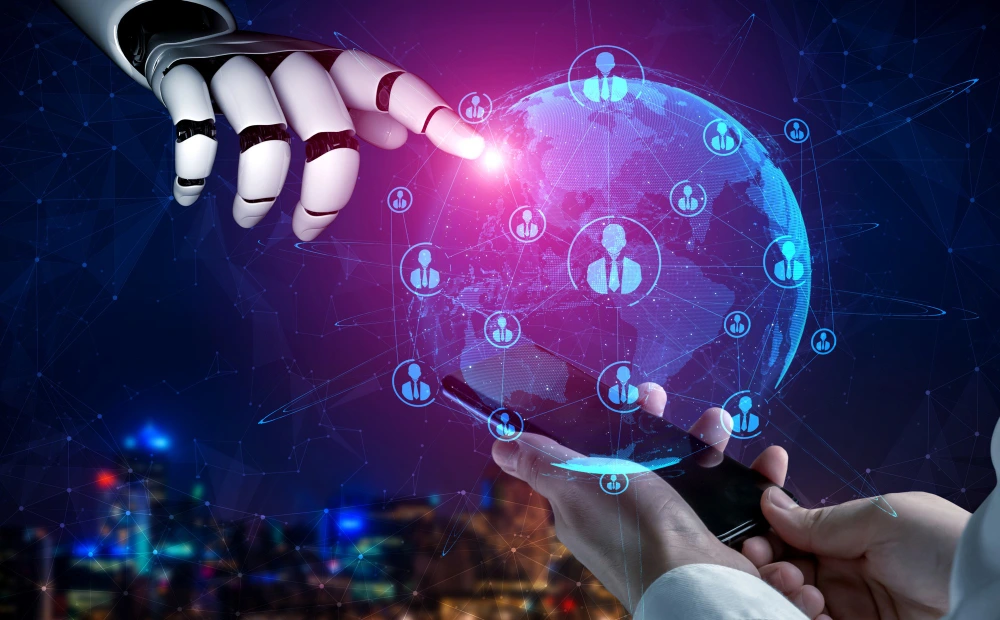Employee retention has become a mission-critical priority for businesses seeking long-term success in a competitive talent market. Organizations that fail to recognize and address the root causes of workforce attrition risk significant disruptions in productivity, innovation, and financial performance. The Great Resignation has exposed systemic gaps in engagement, career development, and well-being. However, by leveraging AI-driven insights and predictive analytics, businesses can shift from reactive talent management to proactive retention strategies.
This article explores how organizations can transform the Great Resignation into the Great Retention by harnessing technology to predict attrition risks, personalize employee development, and create an environment that fosters long-term commitment.
The Great Resignation
The Great Resignation is a term coined to describe the mass voluntary departures from the workforce that began in early 2021. Employees across industries, from healthcare to technology, left their jobs at unprecedented rates. According to the U.S. Bureau of Labor Statistics, over 47 million Americans voluntarily quit their jobs in 2021 alone. The primary drivers included job dissatisfaction, lack of career progression, burnout, and reevaluations of work-life balance.
This wave of resignations placed immense pressure on organizations struggling to retain critical talent. Businesses faced escalating hiring costs, loss of institutional knowledge, and disruptions in productivity. Despite efforts to offer higher salaries and improved benefits, many companies continued to grapple with high turnover rates. The key to reversing this trend lies in shifting the focus from reactive measures to proactive retention strategies.
Leveraging AI and Predictive Analytics to Enhance Retention
Chief Human Resource Officers (CHROs) must adopt data-driven approaches to predict and mitigate attrition risks before employees decide to leave. AI and predictive analytics offer unparalleled insights into workforce trends, allowing organizations to detect skill gaps, identify flight risks, and develop targeted interventions. Below are the key steps to transforming the Great Resignation into the Great Retention using AI-driven analytics.
1. Identifying Attrition Risks With AI
AI-driven analytics can help HR teams analyze employee behaviors, engagement levels, and historical data to identify patterns leading to resignations. Advanced AI models process various factors such as absenteeism, performance metrics, and employee sentiment to flag at-risk employees. For example, an AI system may detect that employees experiencing increased workloads and declining engagement scores are more likely to leave within six months.
Key Benefits:
- Early identification of disengaged employees
- Proactive retention interventions
- Reduction in unexpected turnover
2. Addressing Skill Gaps to Enhance Employee Growth
One major factor behind the Great Resignation is the lack of career development opportunities. AI-powered learning management systems (LMS) assess employees’ current skills and suggest personalized training programs. Predictive analytics help CHROs map out career pathways, ensuring that employees see clear growth trajectories within the organization.
Actionable Steps:
- Conduct skill gap analyses to align employees with future business needs
- Offer AI-driven upskilling and reskilling programs
- Establish mentorship initiatives to promote knowledge-sharing
A LinkedIn Workplace Learning Report found that 94% of employees would stay at a company longer if it invested in their careers. Leveraging AI to personalize learning experiences significantly improves retention by fostering employee engagement and career satisfaction.
3. Implementing Predictive Workforce Planning
Predictive analytics empower HR leaders to anticipate workforce needs and adjust strategies accordingly. By analyzing past attrition trends, AI can help businesses design more sustainable workforce models that align with employee expectations.
How It Works:
- Analyzes demographic and behavioral data to predict workforce shortages
- Recommends workload distribution adjustments to prevent burnout
- Forecasts demand for new roles based on business growth projections
Organizations that adopt predictive workforce planning are better positioned to prevent turnover and maintain workforce stability.
4. Enhancing Employee Engagement through AI-Driven Sentiment Analysis
Engagement surveys alone are no longer sufficient in identifying employee concerns. AI-driven sentiment analysis, which evaluates written and spoken feedback from employees, offers real-time insights into workplace morale. These tools analyze emails, survey responses, and collaboration platform interactions to detect dissatisfaction trends before they escalate into resignations.
Strategic Actions:
- Implement AI-driven sentiment analysis tools for continuous feedback
- Address negative sentiment indicators promptly with leadership interventions
- Create transparent communication channels to improve trust
Companies utilizing AI-driven sentiment analysis have reported a significant improvement in employee satisfaction scores, directly reducing voluntary turnover rates.
5. Customizing Retention Strategies Based on Employee Personas
Not all employees leave for the same reasons, and a one-size-fits-all retention approach is ineffective. AI can segment employees into personas based on their motivations, work preferences, and career goals. By tailoring retention strategies accordingly, CHROs can increase effectiveness.
Examples of Personalized Retention Tactics:
- Offering remote or hybrid work models for employees prioritizing flexibility
- Providing fast-track promotions for high-performing individuals seeking advancement
- Enhancing compensation packages for those driven by financial incentives
Research from McKinsey & Company highlights that companies leveraging personalized retention strategies see a reduction in turnover among key talent groups.
6. Automating Employee Well-Being Initiatives
Burnout remains a leading cause of resignations. AI-powered wellness programs monitor stress levels, recommend well-being interventions, and offer automated check-ins to ensure employees feel supported.
Key Features:
- AI-based workload optimization to prevent overburdening employees
- Personalized mental health resources and wellness recommendations
- Automated pulse surveys to track employee well-being in real time
A Gallup study revealed that employees experiencing burnout are more likely to actively seek new jobs. Proactively addressing workplace stress through AI automation can significantly reduce attrition risks.
Spire.AI: Transforming Workforce Retention Through AI
Spire.AI is at the forefront of using Domain-Intelligent AI, Large Graph Model (LGM) for Skills, role-skill architecture, and predictive analytics to address key workforce challenges. With advanced technology solutions, Spire.AI helps businesses,
- Identify attrition risks early by leveraging domain-intelligent AI and LGM for skills, which analyze employee behavior patterns, engagement levels, and historical workforce data to pinpoint employees most likely to leave.
- Bridge skill gaps by utilizing role-skill architecture and AI-driven learning recommendations that personalize development plans and mentorship pairings, ensuring employees acquire the skills necessary for career progression.
- Leverage predictive workforce planning through AI-driven analysis of business needs, workforce composition, and projected industry trends, allowing organizations to optimize team structures and minimize turnover.
- Enhance employee engagement using Domain-Intelligent AI to identify nuanced employee skill gaps, enabling leadership to make strategic adjustments before disengagement occurs.
- Design customized retention strategies by segmenting employees into distinct personas through AI-driven behavioral analysis, ensuring tailored incentives, benefits, and growth opportunities align with individual motivations.
With these capabilities, Spire.AI empowers organizations to move from reactive workforce management to proactive talent retention, ensuring a stable and engaged workforce for long-term success.
Turning Insights Into Action
The Great Resignation is a wake-up call for organizations to prioritize retention through data-driven strategies. By integrating AI and predictive analytics into workforce management, companies can shift from reactive resignation mitigation to proactive employee engagement.
Key Takeaways:
- Use AI to predict and address attrition risks early by analyzing workforce behavior trends.
- Bridge skill gaps through personalized learning opportunities that align with employee career aspirations.
- Leverage predictive analytics for workforce planning to maintain operational stability.
- Monitor employee sentiment in real-time to detect and resolve dissatisfaction before it leads to resignations.
- Customize retention strategies based on employee needs to ensure a more tailored and effective approach.
- Automate employee well-being programs to combat burnout and improve job satisfaction.
By harnessing AI and predictive analytics, organizations can transform the Great Resignation into the Great Retention, creating a resilient workforce that is engaged, skilled, and committed to long-term success.
In Conclusion
The Great Resignation has highlighted the urgent need for organizations to rethink their talent retention strategies. Companies that fail to adopt proactive approaches risk losing top talent, diminishing productivity, and increasing operational costs. However, by leveraging AI-driven insights, predictive analytics, and targeted workforce planning, businesses can build a resilient, future-ready workforce.
AI-powered solutions enable companies to understand workforce dynamics at a granular level, allowing HR leaders to anticipate and mitigate attrition risks before they escalate. By addressing skill gaps, automating well-being initiatives, and tailoring retention strategies, organizations can foster an environment where employees feel valued, engaged, and motivated to stay.







